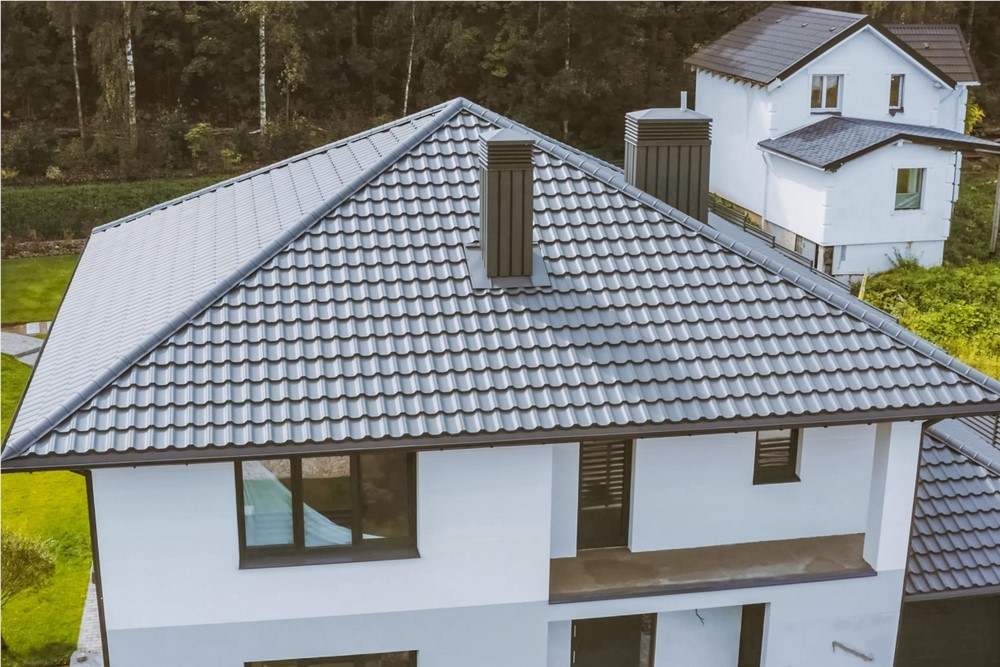
Homeowners are constantly trying to find ways to reduce their energy bills. One of the biggest contributors to these monthly payments are our heating and cooling systems, which can be greatly impacted by how well your roof can insulate your home and ventilate itself.
Rees Restoration has over 20 years of experience in the roofing industry, and has worked with many different roofing materials for homeowners across Central Indiana. We're well-versed in the functionality of each type, and how energy efficient different materials can be. Energy efficient roofs, also called cool roofs, can significantly reduce energy costs for any homeowner, and still come in a variety of options.
Metal Roofing is Naturally Reflective
Metal roofing is one of the best options for cool roofing. Any metal naturally reflects the intense rays from the sun, which not only keeps your house cooler, but prevents damage to the roof itself, which is why these options typically have lifespans that can reach up to 80 years. They can be constructed from many different types of metal, such as:
- Aluminum
- Copper
- Zinc
- Tin
- Steel
Many metal roofs come coated in Reflective Pigment Technology—a roof coating that helps to reflect even more UV rays, but can offer insulation as well in Indiana's colder months. Metal roofing is eco-friendly to boot, and can be made from recycled metal, and can be recycled itself.
Tile Roofing Easily Ventilates Airflow
Another great option for an energy-efficient roofing system is tile. Because of the way tiles overlap each other, they easily allow for ventilation, so any heat that gets underneath is also released. Tiles can be made from several different materials, like:
- Concrete
- Clay
- Slate
These roofs can last 50 years or longer, and an existing tile roof can easily be coated in Reflective Pigment Technology to further it's ability to keep cool, which will help increase its lifespan.
New and Improved Asphalt Roofing
Asphalt roofing is always popular with homeowners because it's the most affordable roofing option on the market, but traditional asphalt shingles actually have a low Solar Reflectance Index (SRI) number. An SRI number measures the percentage of UV rays that a roof can reflect, so the higher the better.
New technology has been introduced to drastically improve the functionality of asphalt shingles. Brands like Owens Corning manufacture shingles that have special granules with a higher SRI number and absorb much less heat than the traditional kind, and can last up to 50 years.
Rees Restoration is a Platinum Preferred Contractor with Owens Corning, and is certified to work with and install these special asphalt shingles.
State-of-the-Art Solar Roofing
A newer product on the roofing market today is solar roofing. Designed to look like regular shingles, each solar panel is actually harnessing the energy from the sun and generating it to work for your home, so not only will your new roof be reflecting UV rays and absorbing less heat, it'll also be actively working for you to cut down on energy costs!
Each shingle can produce anywhere from 13 to 63 watts of energy, depending on the amount of sunlight and typically last between 20 and 30 years. This roofing type falls on the pricier side, but it can be installed over the top of an existing roof, potentially cutting down on installation costs.
When you need a new roof on your Indiana home, consider installing a new one that will better function for you. Rees Restoration has helped thousands of homeowners achieve this through one of our top-tier roof replacements, and have received over 900 5-star reviews from our satisfied customers. Call us today to get a free quote on a roof replacement, and hear more about our services and we can do for you!
Tags
Subscribe to Rees Restoration's Blog


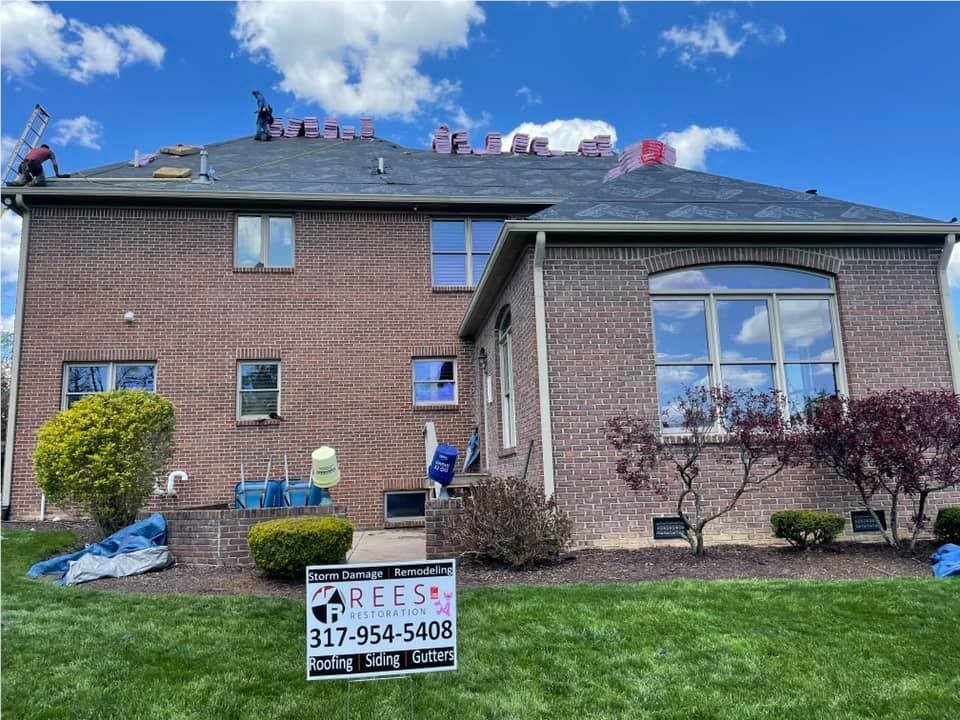
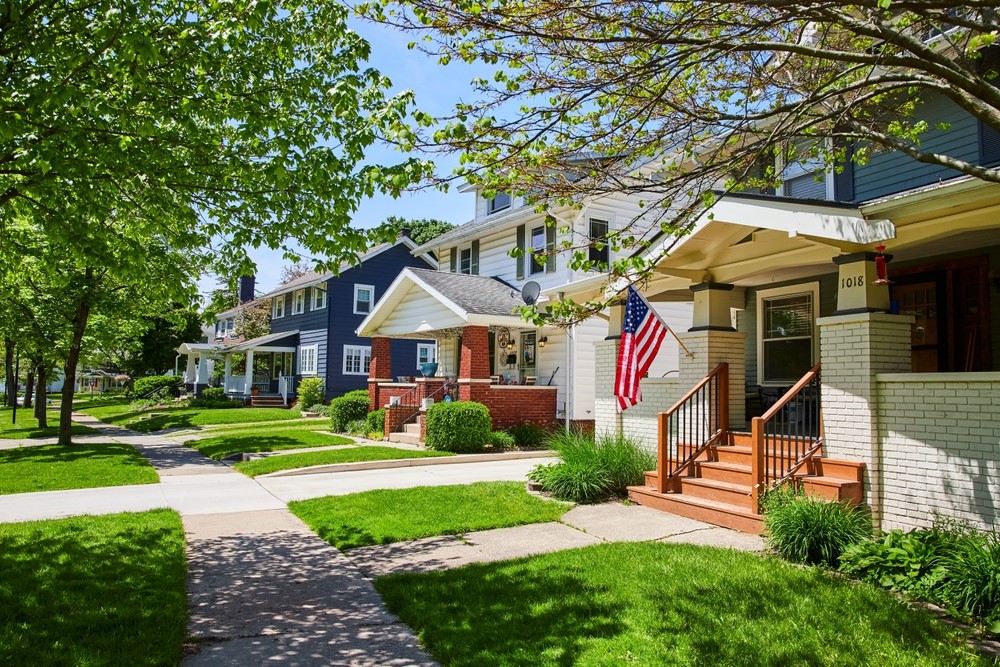
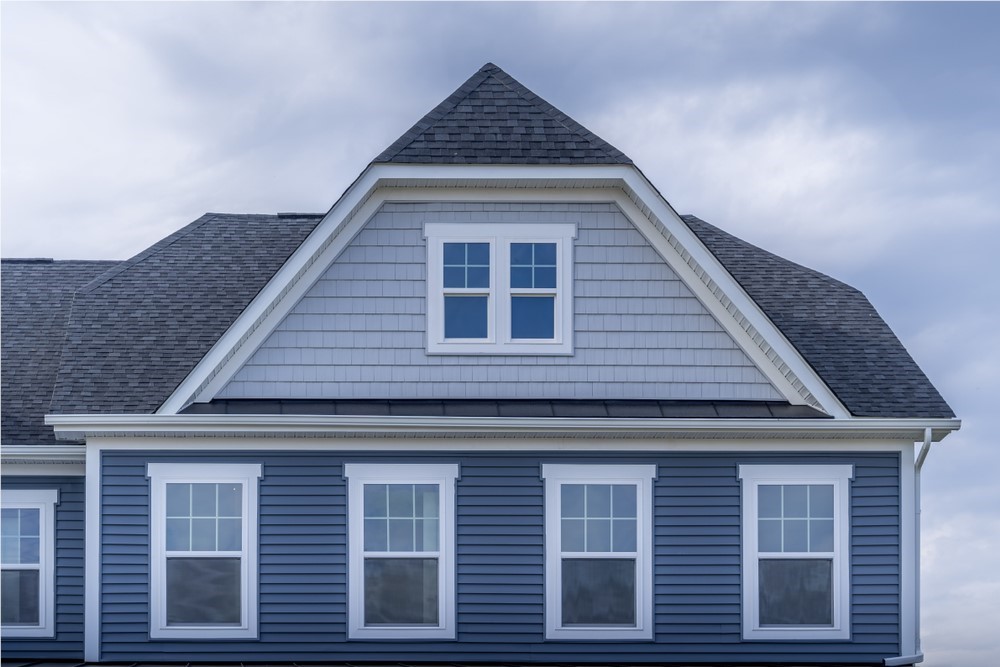

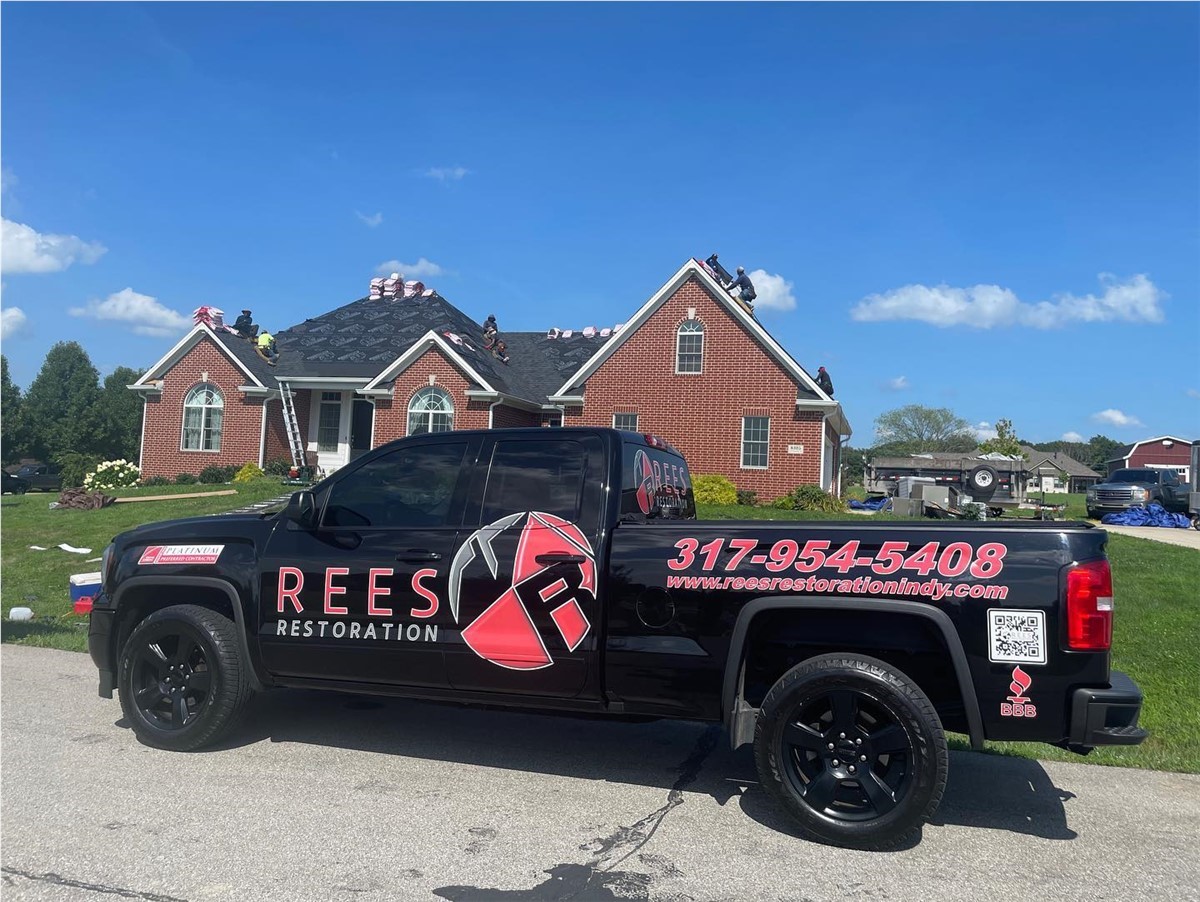

Comments